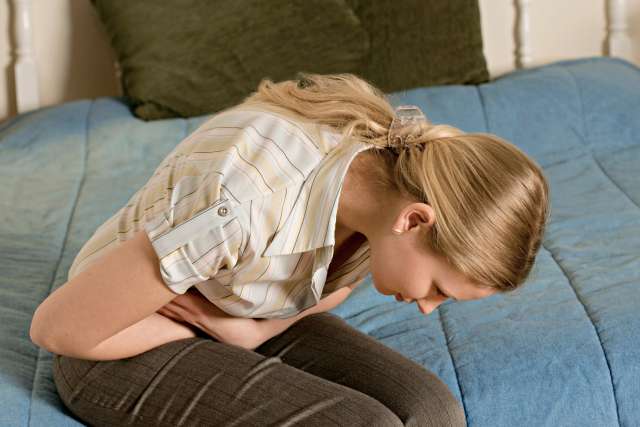Dear Doctors: I've always had very painful periods, but my doctors said that was normal. When I saw a new gynecologist, she diagnosed me with endometriosis. I had surgery, and it changed everything. Can you please write about endometriosis? I think it could be helpful to a lot of women.
Dear Reader: Endometriosis is a sometimes-debilitating condition that is estimated to affect between 10% to 15% of women. As you have experienced, it often causes severe pain during the menstrual cycle.
The condition can also lead to pain during urination, bowel movements and sexual intercourse, and can cause chronic pelvic pain. It can also cause bloating, nausea and fatigue, and it frequently contributes to infertility. It is estimated that up to 40% of women with infertility have endometriosis.
To understand endometriosis, we should start with the specialized layer of tissue that lines the uterus, known as the endometrium. Over the course of each menstrual cycle, driven by the surge and ebb of reproductive hormones, the endometrium undergoes a series of physical changes. These include a phase in which it thickens with additional blood vessels in preparation for a possible pregnancy. When a fertilized egg does not attach to the endometrium, part of the enriched layer it has created is shed. This is menstrual bleeding.
In some women, tissues that are physiologically similar to the endometrium begin to grow outside of the uterus. The reasons why this occurs are not yet clear. These tissues often develop inside of the ovaries in the form of cysts, within the fallopian tubes, along the lining of the pelvic wall and on the ligaments that secure the uterus. In rare cases, they have been found far from the pelvis, in the lining of the lungs, the sac around the heart and the nervous system.
Because these tissues are so closely related to the endometrial lining, they can respond to the hormonal signals that drive the menstrual cycle. That means they often swell and bleed. When they are encapsulated in the ovaries or the fallopian tubes, and if they grow close to other tissues, this causes pain that can become quite severe. And unlike in the uterus, which provides an exit point for menstrual flow, the fluid shed by these abnormal growths has nowhere to go. The resulting bleeding can cause inflammation and infection in the tissues it touches and lead to the development of scar tissue.
Diagnosis begins with a medical history and a pelvic exam, and typically also includes imaging tests. In some cases, a minimally invasive surgical procedure, known as a laparoscopy, will be used to visualize the interior of the pelvis. Treatment depends on the severity of the symptoms and the woman's wishes regarding a future pregnancy. The most conservative treatment focuses on medications to manage pain. These can include nonsteroidal anti-inflammatory medications, as well as hormonal contraceptives. Surgery may be recommended to remove excess tissue, including scar tissue.
Anyone who suspects they may have endometriosis should see their doctor. As with many diseases, an early diagnosis often leads to better outcomes.
(Send your questions to [email protected], or write: Ask the Doctors, c/o UCLA Health Sciences Media Relations, 10960 Wilshire Blvd., Suite 1955, Los Angeles, CA, 90024. Owing to the volume of mail, personal replies cannot be provided.)





